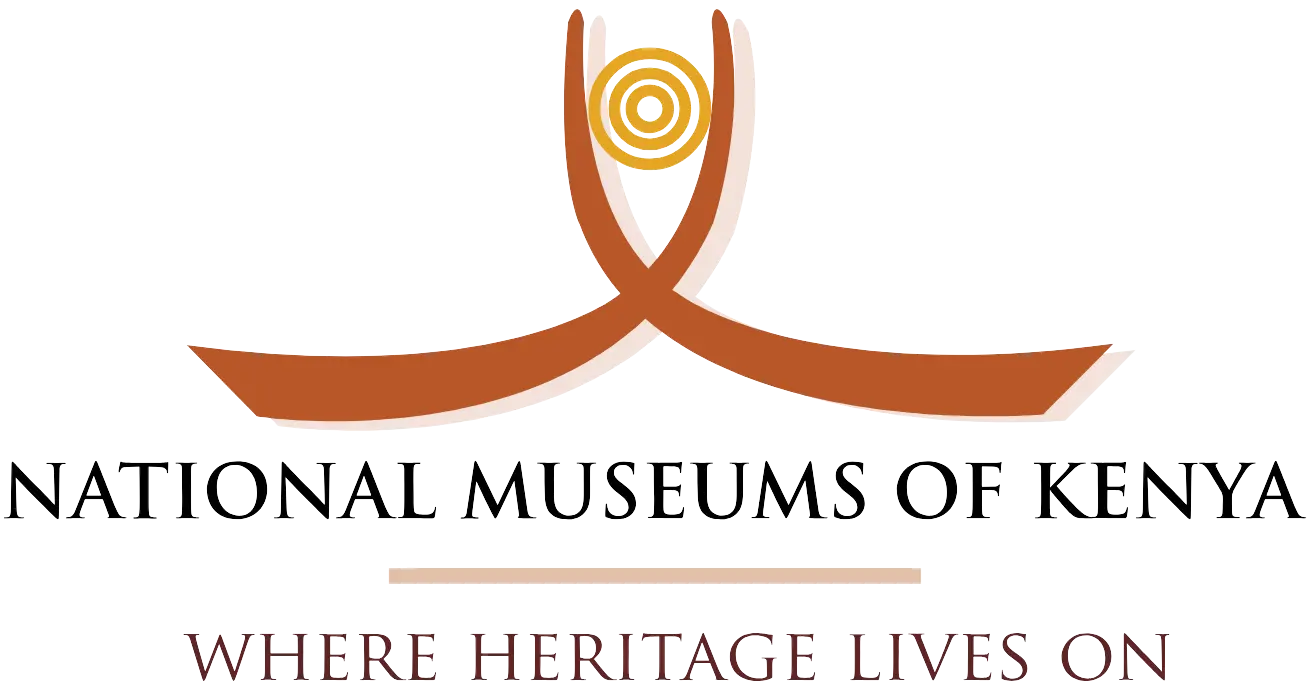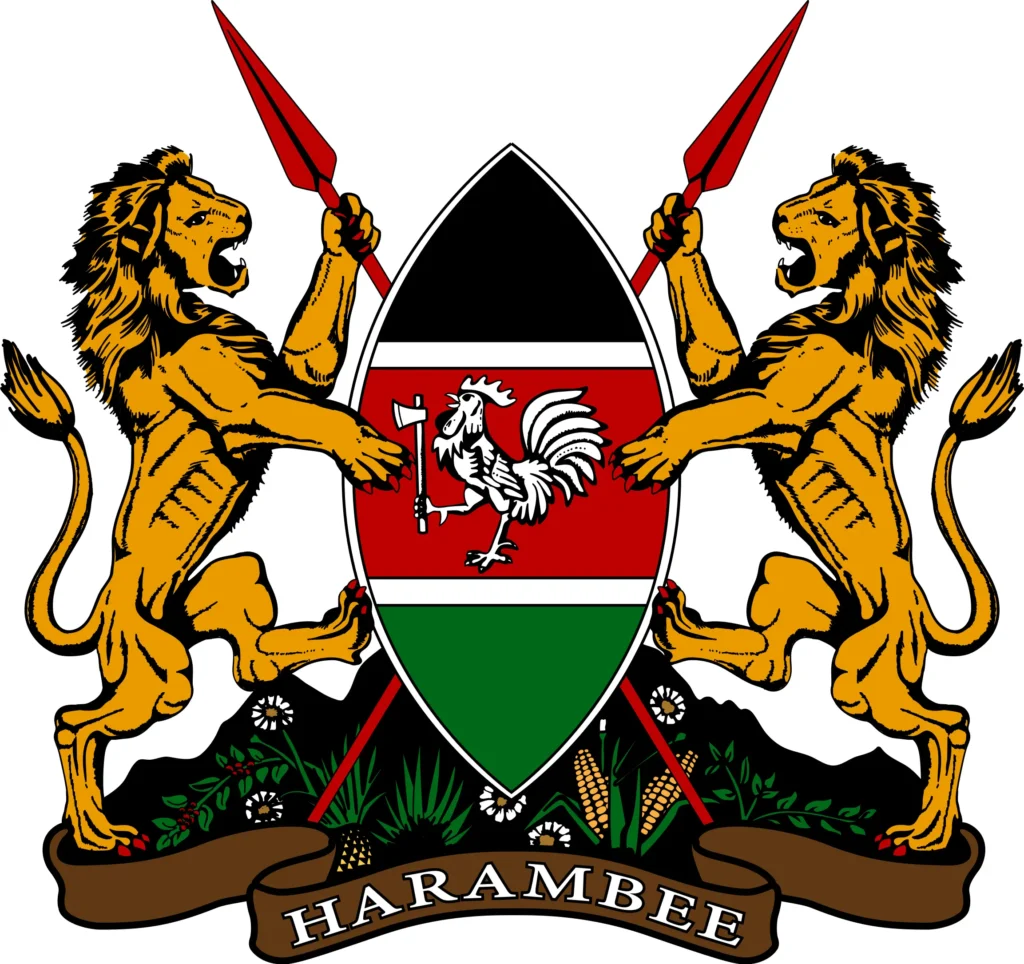Kenya Secures Eighth UNESCO World Heritage Site with Inscription of Gedi
Nairobi, Kenya – July 27, 2024 – Kenya has proudly secured its eighth UNESCO World Heritage Site with the official inscription of the Historic Town and Archaeological Site of Gedi during the 46th session of the World Heritage Committee. This landmark achievement underscores Kenya’s commitment to preserving its cultural legacy and reinforces the nation’s status on the global heritage map.
The successful nomination, spearheaded by the National Museums of Kenya (NMK), follows years of meticulous research, community engagement, and international collaboration. The Gedi site, located on Kenya’s northern coast, is a remarkable example of a Swahili settlement that flourished as part of the Indian Ocean trading network. It showcases an outstanding fusion of African, Islamic, and Asian influences through its architecture and urban planning.
“This is a moment of immense pride for the nation,” said Dr. Purity Kiura, Director General of the National Museums of Kenya. “Gedi’s inscription is not only a recognition of our rich cultural heritage but also a testament to the dedication and professionalism of our heritage experts.”
A Rigorous Path to Recognition
The journey to World Heritage status involved a multi-phase process:
-
Inclusion on Kenya’s Tentative List of potential heritage sites
-
Development of a comprehensive nomination dossier detailing Gedi’s cultural significance and conservation measures
-
In-depth evaluations by international advisory bodies including ICOMOS
-
Final decision and unanimous approval by the UNESCO World Heritage Committee
Key contributors to the successful nomination include Hosea Wanderi (World Heritage Sites Coordinator), Hussein Aden (Curator of Gedi), and Mohammed Menje (Curator of Lamu).
Meeting the Criteria for Inscription
Gedi was inscribed based on three UNESCO criteria:
-
Criterion (ii): Interchange of human values through Swahili architecture
-
Criterion (iii): Exceptional testimony to Swahili culture and maritime trade
-
Criterion (iv): Outstanding example of a Swahili settlement linked to global trade
National and Global Impact
The inscription brings several benefits:
-
International recognition of Kenya’s cultural wealth
-
Boosted tourism, supporting local economies and job creation
-
Access to global funding and technical support for conservation
-
Enhanced national pride and cultural identity
Kenya’s Growing List of Heritage Sites
With Gedi’s addition, Kenya now has eight World Heritage Sites:
-
Historic Town and Archaeological Site of Gedi (Cultural)
-
Lamu Old Town (Cultural)
-
Fort Jesus, Mombasa (Cultural)
-
Thimlich Ohinga Archaeological Site (Cultural)
-
Sacred Mijikenda Kaya Forests (Cultural)
-
Lake Turkana National Parks (Natural)
-
Mount Kenya National Park/Natural Forest (Natural)
-
Kenya Lake System in the Great Rift Valley (Natural)
Despite Africa comprising just 10% of global World Heritage Sites, Kenya’s growing list is a step toward improving representation and safeguarding African heritage for future generations.
About the National Museums of Kenya
The National Museums of Kenya (NMK) is a state corporation responsible for collecting, preserving, studying, and presenting Kenya’s cultural and natural heritage. NMK manages museums, monuments, and heritage sites across the country and plays a leading role in research, education, and community engagement.
Media Contact:
Communications Office
National Museums of Kenya
Email: communications@museums.or.ke
Phone: +254 20 3742161


